TEFAF returns to the MECC in Maastricht from 10–18 March, with 275 exhibitors showing some 35,000 objects across eight sections – Ancient Art, Antiques, Design, Haute Joaillerie, Modern, Paintings, Paper and Tribal. With so much on offer, be sure to catch Susan’s Moore’s highlights of the fair – published below and in two further instalments later this week.
Two-panel screen depicting the Sekiya (‘Gatehouse’) scene from the Tale of Genji (18th century), probably Kano School
Sydney L. Moss, £75,000
The Tale of Genji, written in the early 11th century by the lady-in-waiting Murasaki Shikibu, recounts the courtly life and amorous pursuits of the eponymous ‘Shining Prince’. This screen depicts the episode where his carriage passes that of a former amour during a pilgrimage, the cluster of stylised figures offering rich contrasts between the high born of his entourage and their attendants.

Two-panel screen depicting the Sekiya (‘Gatehouse’) scene from the Tale of Genji (18th century), probably Kano School
Book of Hours (c. 1490–1500), Master of Petrarch’s Triumphs
Dr Jörn Günther Rare Books, €1.6m
This refined Book of Hours, use of Rome, contains four full-page and 38 small paintings executed in grisaille with touches of additional jewel-like colour and highlighting in gold. As in the above depiction of David and Uriah, the effect is one of extraordinary lucidity and purity. Borders of gilt scrolls contain the repeated motto ‘Parce Michi Domine’ (Spare me, O Lord), perhaps the device of an as-yet-unidentified patron.

Book of Hours (c. 1490–1500), Master of Petrarch’s Triumphs
Bust of Serapis (c. 2nd century), Roman
Merrin Gallery, $850,000
The cult of Serapis was promoted by the Ptolemaic kings of Egypt as a means of unifying their native Egyptian and Greek populace. This deity combines the attributes of Osiris with those of Zeus, as well as iconography from a great many other cults, to signify both abundance and resurrection. His modius, or headdress, is common to both Greek and Egyptian traditions, and here represents a grain measure carved with vegetal elements in high relief, a Greek symbol for the land of the dead and also a reflection of Egypt’s reputation as the grain basket of the ancient world. During the Roman period, he came to be associated with Isis and Horus and was venerated throughout the Roman Empire, with the most famous serapeum built at Alexandria (and destroyed by a Christian mob in 385). In appearance, however, Serapis resembles Zeus – the Greeks did not care for animal-headed figures. Great attention has been paid to the flowing locks characteristic of the Greek god – sinuous strands of hair, moustache and beard incised and then drilled to form tight, split cascading curls. Striking here is the way the sculptor has boldly undercut the fringe to reveal the forehead. The stone is a single piece of variegated honey-coloured alabaster with maroon veining.
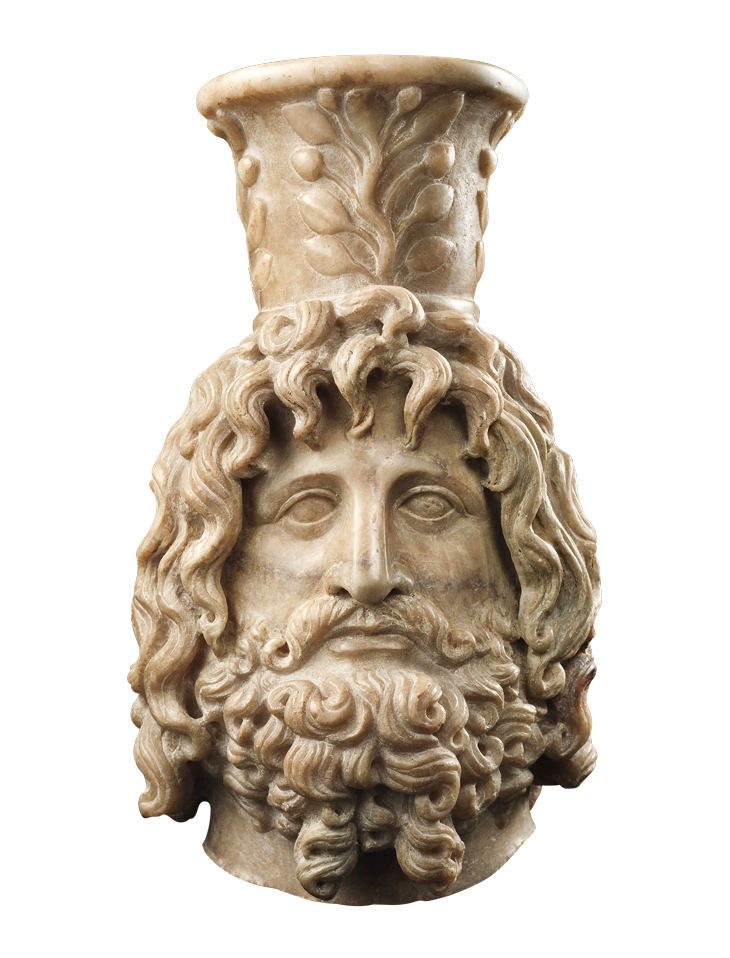
Bust of Separis (c. 2nd century), Roman
Torso of a crouching woman (conceived c. 1887, cast by 1913), Camille Claudel
Daniel Katz, in the region of £2m
One of the first independent works Claudel modelled in Rodin’s studio was Crouching Woman, whose contorted pose and expressionistic musculature was inspired to some extent by one of the latter’s figures for his monumental group The Gates of Hell (1881–82). Torso of a crouching woman is an emphatic, if not violent, mutilation of that early sculpture. The removal of the head, arms and left knee of the figure has reduced the torso to the essential – a compact and perfectly balanced form centred on the strong, sweeping curve of her spine and the musculature of her back. This might almost be an antique sculpture by way of Michelangelo. While some have seen this radical reduction as a reflection of the destructive relationship between Claudel and her lover Rodin, the result seems too exacting to be the work of frenzied fury. The plaster remained in her studio until she was institutionalised in 1913, when it passed to her brother Paul’s friend, Philippe Berthelot, who very likely commissioned two bronze casts which later passed to Paul. To contemporary taste, the rough lines left by the mould only emphasise the architectural structure of the body.
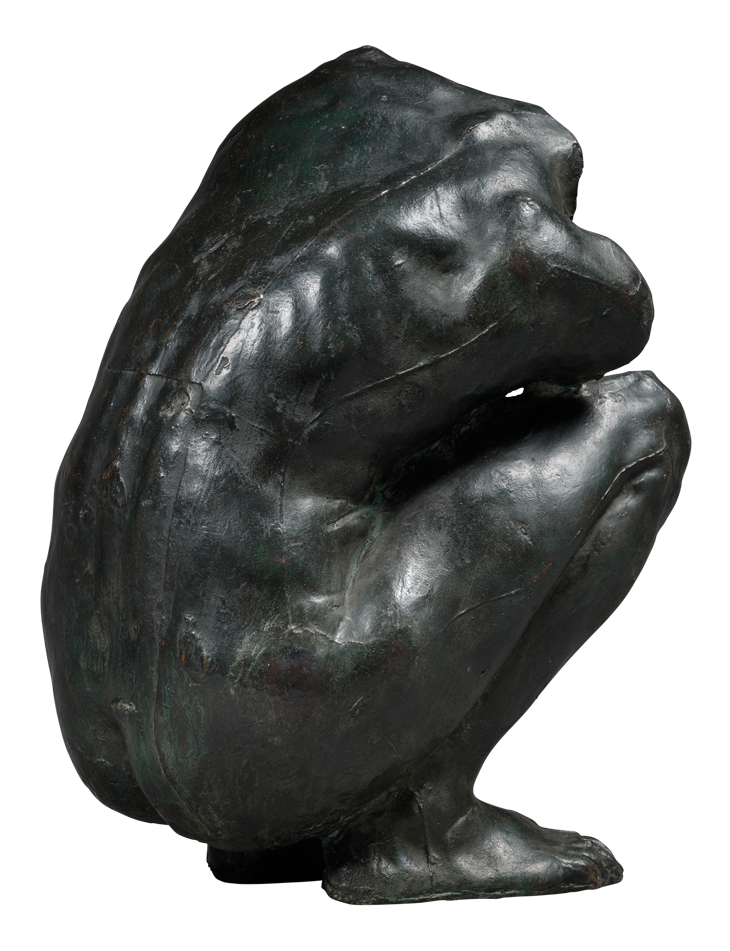
Torso of a crouching woman (conceived c. 1887, cast by 1913). Camille Claudel
Hippocampus, c. 1880, Hermann Ratzersdorfer
Koopman Rare Art, in the region of £125,000
The 19th-century taste for 16th-century Kunstkammer objets de vertu is exemplified by this large and exotic winged hippocampus. As rock crystal was abraded rather than cut, the modelling and ornamentation of this mythical Greek sea monster – half-horse, half-fish – was painstaking. Richly adorned with scales, shells and fiery dragons, its enamel mounts are pierced and decorated with further winged monsters amid scrollwork.
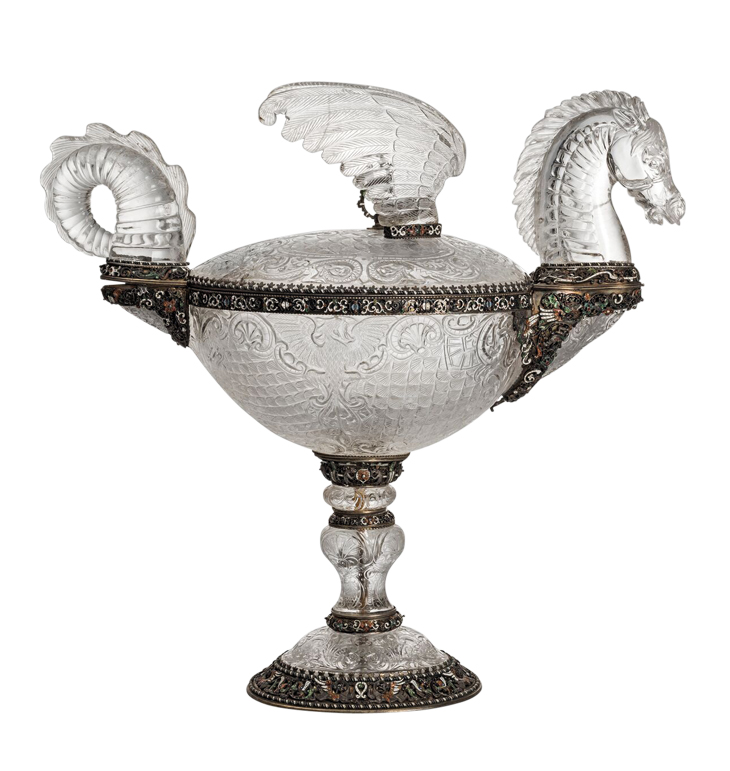
Hippocampus (c. 1880), Hermann Ratzersdorfer
An unknown Danish Nobleman, c. 1610–14, Pieter Isaacsz
Weiss Gallery, £275,000
It is tempting to presume that this anonymous sitter was a high-ranking officer in Denmark’s first conscripted army to be led by Danish officers, for in this newly discovered portrait it is the military regalia that steals the show. The Danish-born, Amsterdam-trained Isaacsz has taken great care with this lavishly embroidered silk sash and gold-embellished Italian rapier and dagger. As well as being court painter to Christian IV, and an art agent, he appears to have worked as a spy for the Swedes before dying of plague in Elsinore.
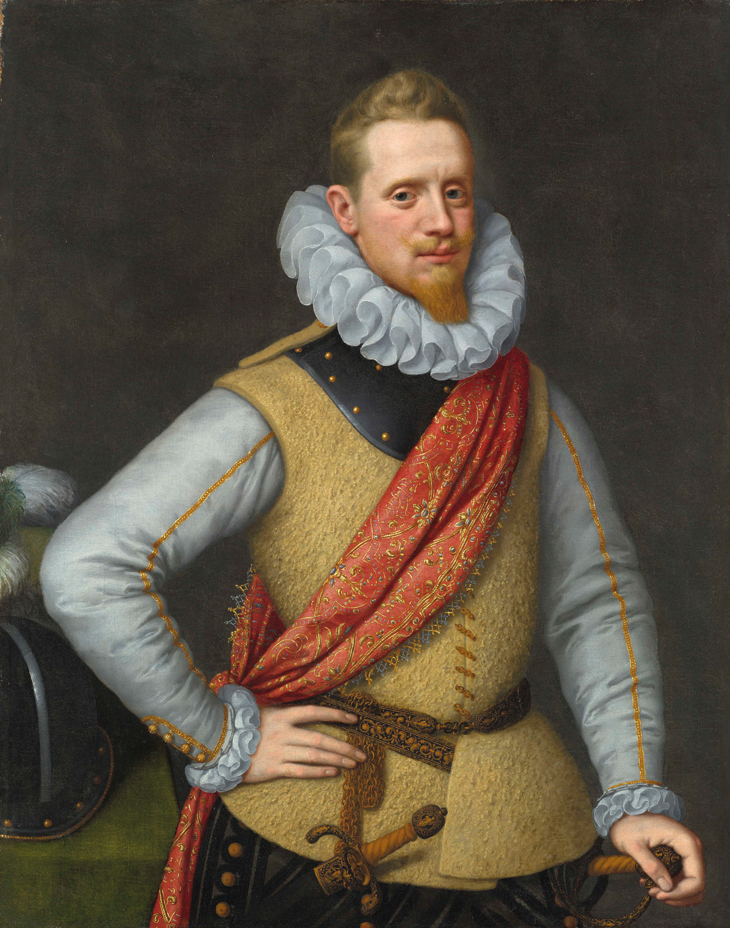
An unknown Danish Nobleman (c. 1610–14), Pieter Isaacz
Apollo flaying Marsyas (c. 1560–70), Luca Giordano
Colnaghi, in the region of $1m
Giordano was to return to this compellingly grisly subject many times, but he painted this work in his mid 20s and is clearly under the sway of Jusepe de Ribera in Naples. Its composition clearly derives from the latter’s celebrated 1637 version of the subject, now in the Museo di Capodimonte, not least in the prostrate and dramatically foreshortened figure of Marsyas and his lamenting band of satyrs to the right. There are stylistic and chromatic parallels, too. Giordano, however, chooses to present an earlier moment in the story as retold by Ovid. Instead of depicting the agony of the shrieking satyr as he is being flayed alive after losing his challenge to Apollo, the luminous young god pauses to reflect on his impending act of cruelty, and the mood shifts from horror to one of calm anticipation. Already screaming, Marsyas clenches one fist while the other hand is outstretched and braced for the knife. In 1665, the Neapolitan artist moved to Venice where his Ribera-esque tenebrist style would influence local artists. Despite bearing an old three-figure inventory number, indicating a major historic collection, the canvas was unknown until 1988.
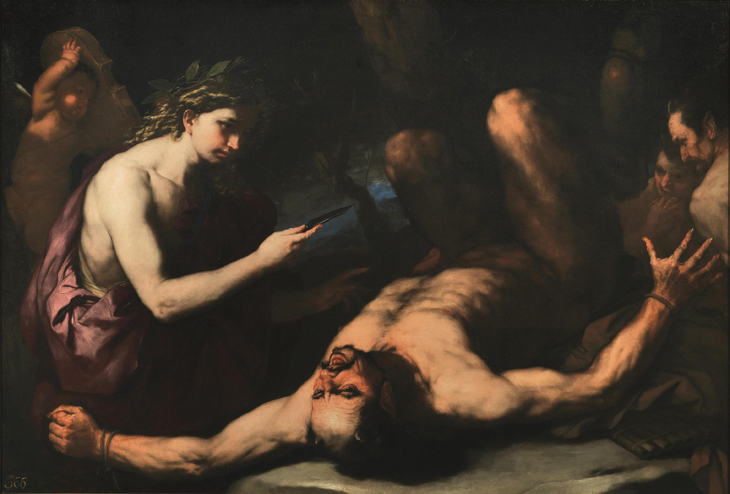
Apollo flaying Marsyas (c. 1560–70), Luca Giordano
Unlimited access from just $16 every 3 months
Subscribe to get unlimited and exclusive access to the top art stories, interviews and exhibition reviews.


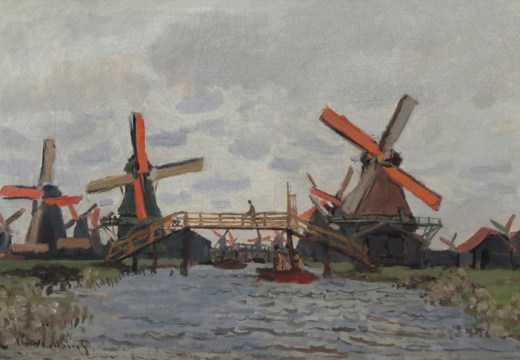

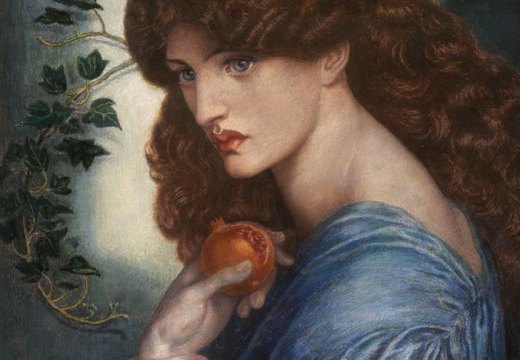









![Masterpiece [Re]discovery 2022. Photo: Ben Fisher Photography, courtesy of Masterpiece London](http://www.apollo-magazine.com/wp-content/uploads/2022/07/MPL2022_4263.jpg)
It’s time for the government of London to return to its rightful home